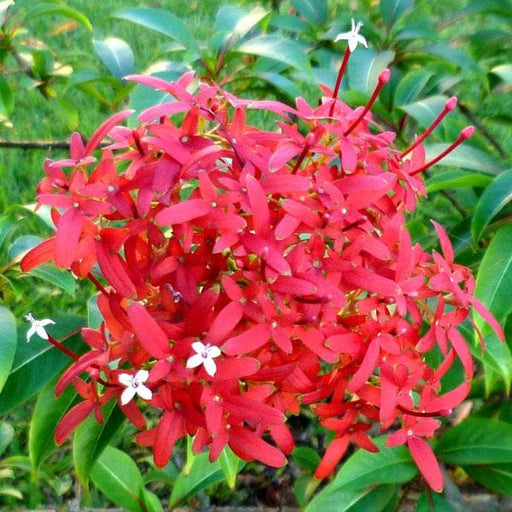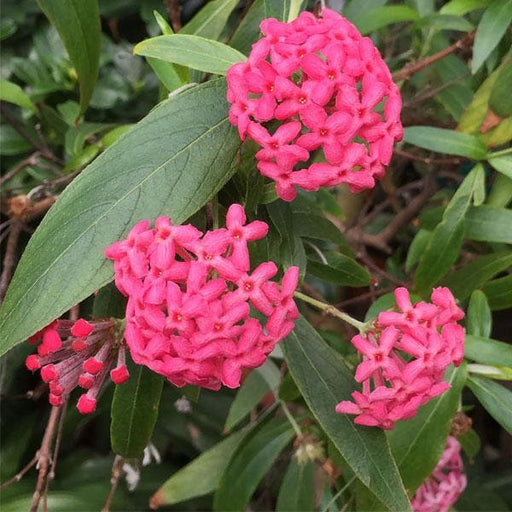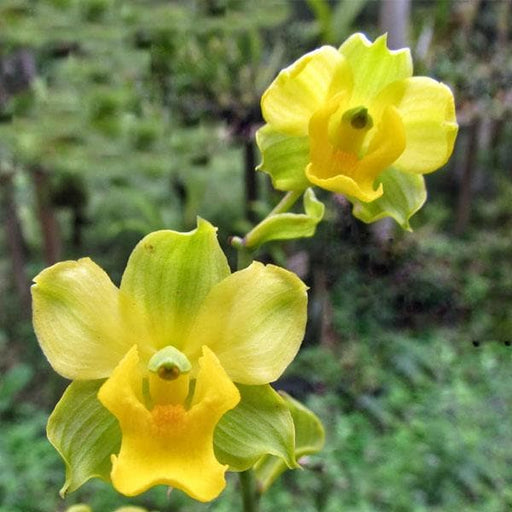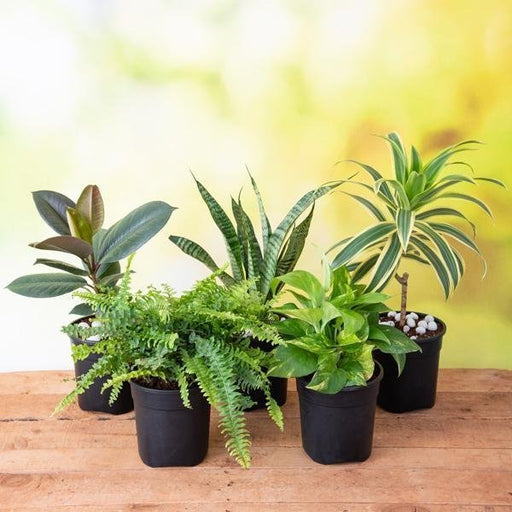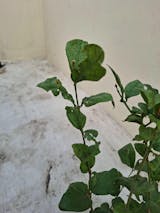Winter Flowers
The chilly season of winter doesn't mean that your garden has to look dull and lifeless. There are plenty of winter flowers that can bring color and beauty to your yard. From vibrant pansies and cheerful daisies to fragrant hyacinths and delicate snowdrops, these flowers can withstand the cold temperatures and bloom all winter long. So, brighten up your winter garden with some lovely winter flowers.
Evergreen Plants
If you're looking for plants that can stay green throughout the year, evergreen plants are the way to go. These plants retain their leaves even in the winter season and provide a lush and vibrant look to your garden. From conifers and holly bushes to boxwood and yew, there are a variety of evergreen plants that can thrive in winter.
Winter Vegetables
Winter is not just for flowers and shrubs, but also for vegetables. Growing winter vegetables can be a rewarding experience and add some freshness to your winter dishes. Some examples of winter vegetables include kale, broccoli, Brussels sprouts, carrots, and turnips. With proper care and attention, you can grow these vegetables even in the coldest months of the year.
Indoor Plants for Winter
Just because it's cold outside doesn't mean you can't have some greenery inside. There are plenty of indoor plants that can survive and thrive in winter conditions. Some popular indoor plants for winter include snake plants, peace lilies, spider plants, and Chinese evergreens. Not only do they add some color and life to your home, but they also help to purify the air.
Winter Gardening Tips
Winter gardening can be challenging, but with the right tips and tricks, you can have a successful winter garden. Some winter gardening tips include selecting the right plants for your region, providing adequate protection from frost, mulching to retain moisture, and using cloths or covers to shield plants from harsh weather.
Winter Hardy Plants
Winter hardy plants are those that can withstand the cold temperatures and harsh weather conditions of winter. These plants are ideal for those who want to keep their garden looking great all year round. Examples of winter hardy plants include heather, hellebores, camellias, and conifers.
Winter Blooming Plants
Winter blooming plants are a great way to add some color and life to your garden during the winter months. Some winter blooming plants include witch hazel, winter jasmine, and snowdrops. These plants are also a great source of nectar for pollinators during the winter season.
Winter Succulents
Succulents are not just for summer, but they can also thrive in the winter months. They are easy to care for and can add some texture and color to your winter garden. Some popular winter succulents include hens and chicks, sedum, and echeveria.
Frost Tolerant Plants
Frost can be a major problem for many plants during the winter months. Frost-toler ant plants are those that can survive in low temperatures and are less likely to be damaged by frost. Some examples of frost-tolerant plants include pansies, snapdragons, and winter heather. By planting these types of plants, you can ensure that your garden stays looking great all winter long.
Winter Berries
Winter berries are a great way to add some color and texture to your winter garden. They can also provide food for birds during the winter months. Some popular winter berries include holly, cotoneaster, and winterberry. Not only are they beautiful to look at, but they also serve a practical purpose in your garden.
Winter Herbs
Herbs are not just for the summer months, but they can also be grown and enjoyed in the winter. Some popular winter herbs include rosemary, thyme, and sage. They are also a great addition to your winter dishes and can provide some fresh flavor during the colder months.
Winter Shrubs
Shrubs can add some structure and texture to your winter garden. Some popular winter shrubs include winter hazel, dogwood, and viburnum. They can also provide some privacy and shelter for wildlife during the winter months.
Winter Trees
Trees can provide some height and shade to your winter garden. Some popular winter trees include maple, oak, and birch. They can also provide some habitat for birds and other wildlife during the winter season.
Winter Bulbs
Bulbs can be planted in the fall and bloom during the winter months. Some popular winter bulbs include amaryllis, paperwhites, and hyacinths. They are a great way to add some color and fragrance to your home during the winter season.
Winter Foliage
Foliage can add some texture and color to your winter garden. Some popular winter foliage plants include evergreens, heather, and winter pansies. They can also provide some shelter for wildlife during the colder months.
Winter Groundcovers
Groundcovers can help to protect your garden soil during the winter season. Some popular winter groundcovers include creeping phlox, wintergreen, and ajuga. They can also add some color and texture to your garden during the winter months.
Winter Annuals
Annuals are plants that complete their life cycle in one year. Some popular winter annuals include pansies, snapdragons, and violas. They can add some color and life to your garden during the winter months.
Winter Perennials
Perennials are plants that come back year after year. Some popular winter perennials include hellebores, snowdrops, and winter aconites. They can add some color and texture to your garden during the winter season.
Winter Plant Care
Winter plant care is important to ensure that your plants survive and thrive during the colder months. Some winter plant care tips include watering your plants correctly, protecting them from frost, and pruning them when necessary. By following these tips, you can ensure that your plants stay healthy and happy all winter long.
Winter Landscaping Ideas
Winter landscaping can be challenging, but with some creativity and imagination, you can create a beautiful winter garden. Some winter landscaping ideas include using evergreens for structure, incorporating winter berries for color, and adding some winter annuals for some extra flair. By experimenting with different ideas, you can create a unique and stunning winter garden.


